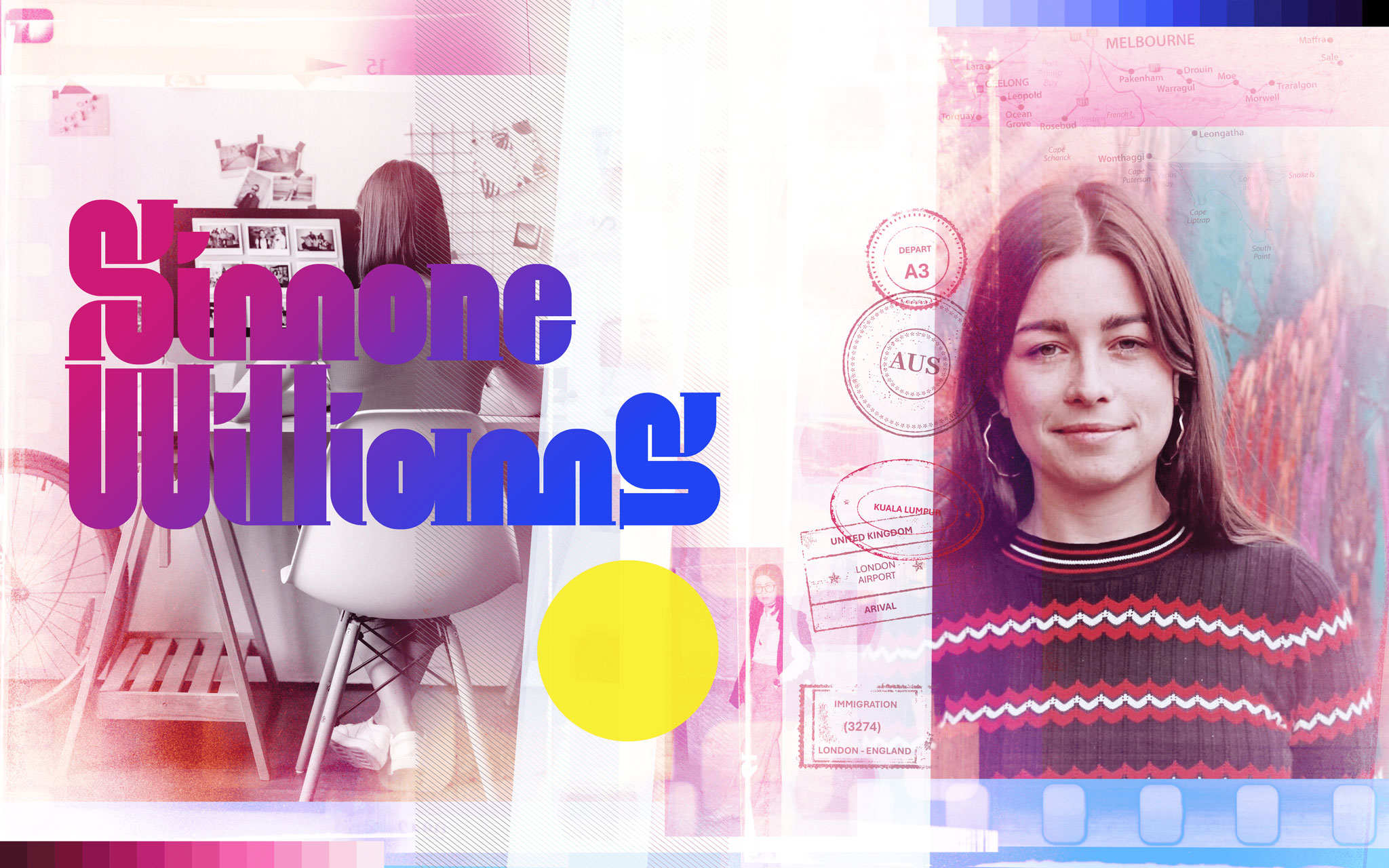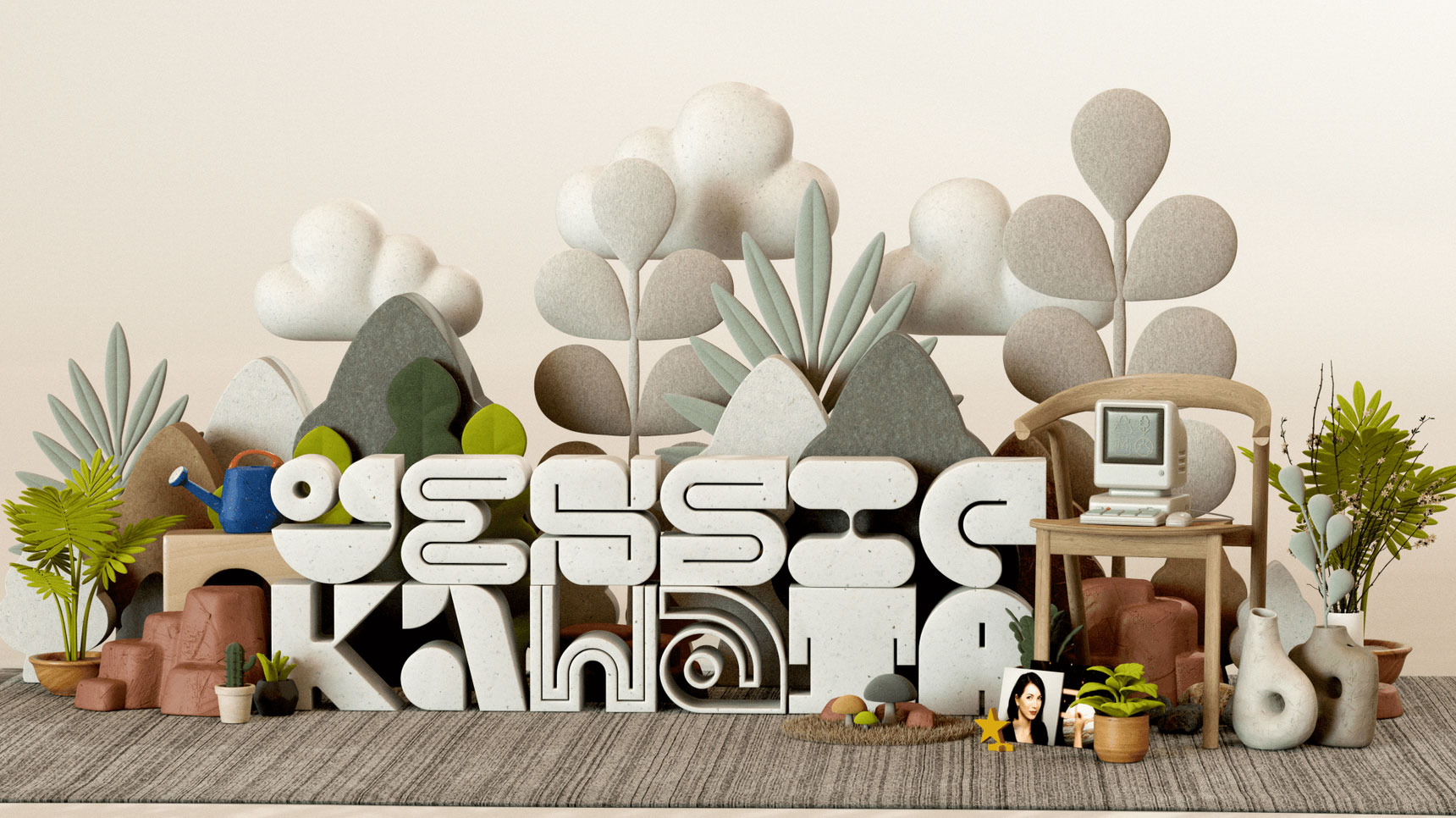– The estimated reading time is 7 min.
Living Color: Designing through synesthesia

Editor’s Note: This is part of a series of personal essays that bring to life the rich perspectives of the designers, storytellers, UX engineers, researchers, and operational leaders of Microsoft Design. We hope it helps product makers move beyond personas, expanding notions of individual identity, what diversity means, and how to design for a fuller range of human experiences.
I’m seven-years-old sitting on the playground at elementary school, surrounded by my pint-sized peers from class. With the school’s spelling bee rapidly approaching, we’ve taken it upon ourselves to do some prep work. One of the boys, in a flurry of false bravado, claims he can spell anything. Naturally, we opt to test his conceit. “Spell minute,” someone shouts out. With a cocky grin he replies, “M-I-N-I-T.”
I look at him like, what? Can you believe this guy? I take it upon myself to be the one to correct him. And then it happens. In just a few words, I forever change my life. “That’s not right,” I blurt out. “You need yellow in there and blue at the end.”
Everyone grows really quiet. They look at me like I’m from a different planet. Why? What did I do? A girl cracks, “Yellow? Blue? What does that mean?” I nervously say, “Well, ‘U’ is yellow and ‘E’ is blue so you actually spell it M-I-N-U-T-E.”
More silence. It’s a deafening sound, and the first time I really understand that, the way I process things, is very different from my classmates.
Color Coded

Here’s the thing. My brain sees letters and numbers as a color palette—the exact same color palette for as long as I can remember. For example, if you write the number “20” in green on a white piece of paper, I see green on the page but if I look away, I see a light blue “2” and a black “0” in my mind.
There’s a term for my condition: synesthesia. In Greek it means “to perceive together.” It can make for strange interconnections. Some synesthetes smell in color. Others see sounds in color, or in my case I see numbers, words, and letters.
I didn’t know any of this then of course. Back then, all I felt was that everyone thought I was strange. It’s scary enough learning that your normal is no one else’s. As an adult, I now recognize that my experience pales in comparison to what others who are neurodivergent often have to endure but, at the time, the teasing for being different was immensely difficult.

For a period of time, it felt like the closest people around me had turned away. Some of them threatened to tell the teachers I was cheating. I can remember this one girl warning the others during a test, “Cover your paper or she’ll see the color and then memorize it!” All this for seeing some things through a different lens. It seems silly now, but I was absolutely mortified then.
I found an outlet by throwing myself more fully into sports. I literally signed up for every local team: soccer, swimming, basketball—anything with team that would give me a physical outlet. It allowed me to form relationships with people who didn’t judge me for my learning challenge. They only knew me as the girl who passed the ball or cheered them on in the pool. I still cheer my team on today by the way, only it’s a different squad: part of the awesome Microsoft Viva UX team I lead.
I didn’t tell my parents for the longest time. I didn’t want them to think I was weird like the other kids did. When I finally did reveal my “secret,” they thought it was the coolest thing ever. They told me that not everybody learns the same way. It doesn’t mean I’m smart or dumb. It means I’m different. One day I’ll know the power of how I learn will help me to succeed, and all the people mocking me will see that it’s okay to be different. In that way, I would win.
After this experience, you’d think that color and design would be the last thing that I would end up pursuing. However, I’ve always loved art and design. I definitely got that from my brother: He’s an immensely talented artist (as is my whole family for that matter) who I greatly admire.
Celebrating differences

I have a real fondness for space and color theory. The spatial piece, having to deal with cognitive load on a screen, is actually common for us synesthetes. We need focal point. You can’t just be putting all this information on a screen and hope the user is going to figure out what you’re trying to convey. Adding my diverse view into design reviews brings a unique perspective. I’ve also learned to trust my intuition. It almost always serves me well. Perhaps, most of all, I like design because it’s subjective. It’s open to interpretation, it embraces and encourages the uniqueness of the creator. My different way of seeing the world is a powerful tool and not a hinderance.
I think one of the most important moments in my journey was learning that my power had a name. I still remember confiding my truth in someone and her telling me it was real and giving me its namesake. Of course, I looked it up right away. There it was, in black and white (for you, but different colors for me). It confirmed EVERYTHING happening in my brain since I was seven-years-old. It wasn’t just me. I was different but not alone.
From there, I started to share my story with other people as I am doing here. The most excited responses I get come from people with similar challenges. Turns out, there are quite a few of us out there in the design field. Sometimes, we compare our personal color palettes (they’re different and unique by the way, just like each of us).
That doesn’t mean it’s always been easy, this converting what I see into words. My team and I often laugh together when I tell them I can “sense” something isn’t aligned. The palette feels off. There’s sensory overload happening. I’ve also messed up many developers’ coding instructions with my palette, forcing me to go back and fix things. I think that more than anything, my experience has changed how I perceive learning and made me very empathetic. I want to learn how other people learn and am passionate about embracing those different styles in my life, especially at work. In my current role as a partner director of design, I try and make sure that people are heard, that their different perspectives are encouraged, because it helps ensure that we find the best path forward.
It feels empowering to recognize that something I once thought made me strange, is actually amazing for that very reason. My perceived pitfall ended up being a strong part of me. In that sense, it’s a superpower, one I am grateful for every day. My hope is that everyone who learns differently can find and embrace their superpowers as well.
Read more
To stay in the know with Microsoft Design, follow us on Twitter and Instagram, or join our Windows or Office Insider program. And if you are interested in working with us at Microsoft, head over to aka.ms/DesignCareers.


Why designers shouldn’t always be designers
A Content Designer from Microsoft Clipchamp tells her story

Design as an earthling
Connecting the outer worlds of our environment to the inner world of self